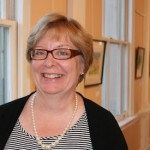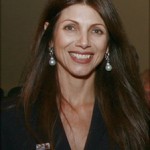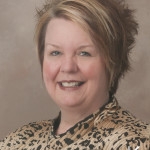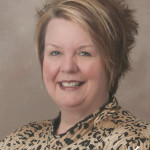
Ms. Ann Marie Miller
Follow up on Americans for the Arts' Annual Convention
Posted by Jun 23, 2015

Ms. Ann Marie Miller
The 2015 Americans for the Arts’ Annual Convention was also my first visit to Chicago. Having arrived early, I heard that the Chicago Architecture Foundation offered outstanding tours. I arranged to join the “Must See Chicago,” tour and was not disappointed. My inner geek enjoyed learning about Daniel Burnham, bundled tube construction, and remembering the contributions to mid-century modern architecture of Mies van der Rohe from art history class. While I spent a considerable amount of time “looking up” at numerous behemoth skyscrapers, I was grounded by a treasure trove of public art. It felt like opening a new box of crayons-truly inspirational. That was only the beginning of my #AFTACON inspiration.
Read More


















